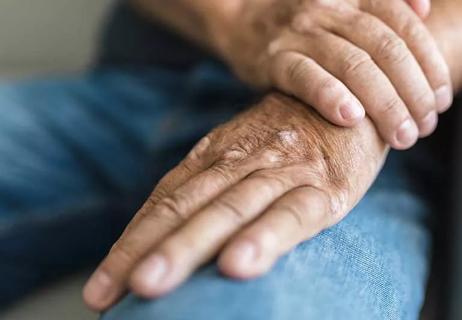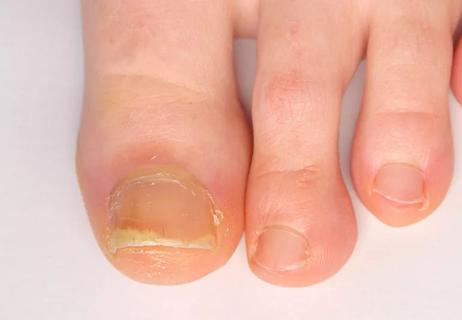How Can You Manage Symptoms and Avoid Triggers?
Psoriatic arthritis is a form of arthritis. As you can probably guess from its name, it affects people who have psoriasis. It happens when your immune system mistakenly damages your joints in the same way it attacks your skin.
Advertisement
Cleveland Clinic is a non-profit academic medical center. Advertising on our site helps support our mission. We do not endorse non-Cleveland Clinic products or services. Policy
There’s no guarantee you’ll develop psoriatic arthritis. About 1 in 3 people with psoriasis do. Your risk increases if members of your biological family have it. Around 40% of people with psoriatic arthritis have a close biological family member with it, too. That means your odds of developing psoriatic arthritis go up if one of your biological parents, siblings or children has it.
Living with psoriatic arthritis can cause symptoms that affect your joints and skin. You can have typical psoriasis symptoms like gray, scaly patches of skin. Or pitted, brittle nails. You’ll probably also experience common arthritis symptoms like joint pain, stiffness and swelling. Symptoms can come and go during flares. They may affect your skin and joints at the same time, but not always.
Psoriatic arthritis affects everyone differently. But treatments are available. Your healthcare provider will help you understand how to recognize and manage symptom flares. They’ll work with you to find the combination of treatments that’s best for you. Some options can include:
Staying physically active can help strengthen and protect your joints. Your provider can suggest safe, low-impact exercises. You might also work with a physical therapist to build up your strength and mobility. If you need help with your daily routine, you can meet with an occupational therapist. They’ll help you do all your day-to-day tasks safely.
Everything from the weather changes and infections to feeling stressed can trigger a psoriasis flare. Your provider will help you identify and avoid your triggers. You might need to keep a symptom journal or a food diary to find causes that can trigger a flare-up in your body.
Advertisement
OTC anti-inflammatory medications like NSAIDs or acetaminophen can relieve pain and reduce swelling. Ask your provider which medicines are right for you.
You might need a few prescriptions. These can help calm your immune system. Your provider will suggest a corticosteroid or a DMARD. These can help you experience fewer flares. And flare-ups may be milder when they do happen.
Advertisement

Choose foods high in omega-3s and antioxidants; avoid red meat and dairy

Cold or hot therapy, massage and exercise may help reduce pain and inflammation in your joints

Focus on sleep, limit alcohol and reduce your stress and anxiety to help lessen symptoms

What’s the difference between these types of inflammatory arthritis?

The link between joint pain and skin rashes

Symptoms of nail psoriasis and how to treat it